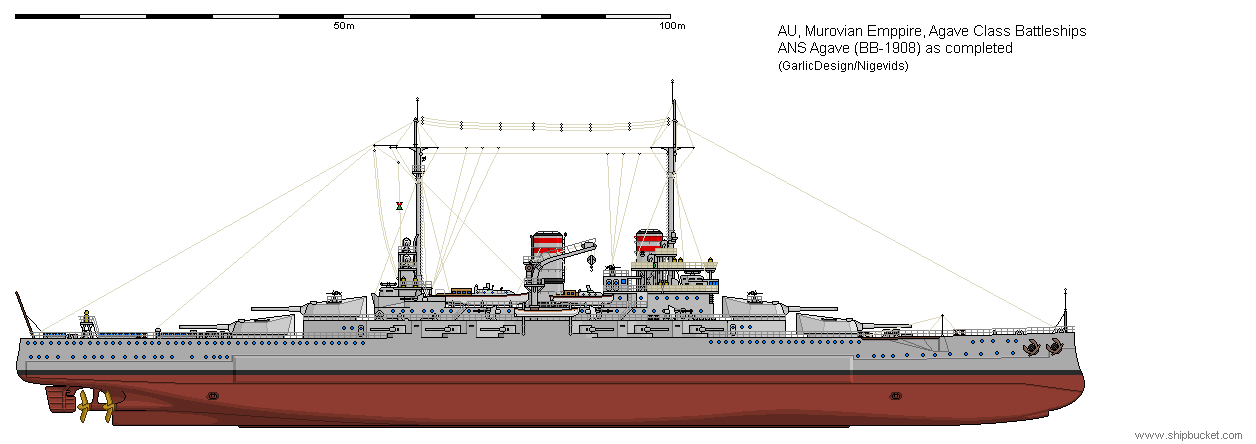
The three Agave Class and three Euryale Class ships were the Battle Squadron tat was seconded to the Grand Fleet at Scapa Flow, on the outbreak of World War One. Up till May 1916 the Squadron fired at a lot of empty water and steamed from here to there as soon as possible. Then on the 31st of May 1916, everything changed. The High Seas Fleet sortied out into the North Sea to take on the might of the Grand Fleet.
I wont re-fight Jutland here. Suffice to say that the six Amazonian Navy Dreadnoughts were at the rear of the Grand Fleets line and barely saw a German ship and only fired a few salvoes at what they did see. The greatest clash of Dreadnoughts ever seen and the Admiral commanding the Amazonian ships felt they had been sidelined because of their gender. The crews of the Amazonian Naval Ships were about 80% female as befitted the Greatest Warrior Women Nation. The other 20% of the crew being males for the scut jobs like shoveling coal into the boilers, manhandling the ammunition where needed. Those jobs that required extra brawn rather than intelligence. The Amazon Admiral was a fifty-two year old woman who had been in the Navy since she was fourteen and probably had as much experience as any of the other Squadron Commanders. She had fought against the combined South American Fleet when it had tried to invade Mu in 1903. The Amazonian Navy won the day and mauled the combined Fleets of Argentina, Uruguay, and Bolivia.
There had been a lot of friction between the sailors on the Amazonian ships and the sailors of the rest of the Fleet at Scapa Flow. Accusations of rape and inappropriate behaviour were made from both sides. The big Amazon women sailors were like magnets to the Royal Navy sailors. The Amazons were likely to reject the advances and tell them they were looking for 'real' men. Not unsurprisingly brawls took place regularly. In the end segregation was the only way to stop the internal strife from becoming open warfare between the crews.
If nothing else the strife at Scapa Flow proved that the Amazon women could fight and take on all comers. Respect was earned by both sides. One thing this period did was to alert the high commands of all concerned that better integration between the Amazon Fleet and the male dominated other world navies was required. There was nothing 'soft' about the Murovian Empire.
The Agave class ships were due to have their replacements join the Fleet in 1930. The three Agave class were then to be reduced to minor roles. What saved the ships from the scrapyard was Japan failing to sign the 1930 naval reduction Treaty. They would not receive the full rebuild work that the Euryale class and later ships would receive up to the start of World War Two, but they could be upgraded to a state where they could replace other ships in escort roles. The main convoy route from Mu went to Panama where the ships could go north to Mexico then USA and Canada beyond. Passing through the Panama Canal would take the convoys to Europe. It was the route between Mu and Panama that would be the the Agave class ships main duty during WW2. On these runs the ships would be being used as training ships as well as escorts.
Two survived the war to be discarded and scrapped in 1946. The third was torpedoed and sunk by I-402 in 1944.
